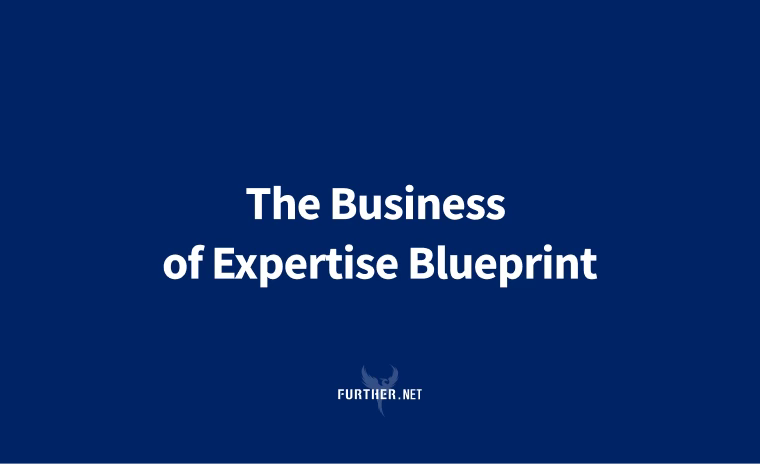Here’s How Large an Audience You Need to Succeed
10,000 email subscribers? More? Less? Here's the truth, revealed.
It’s time to get going.
You’ve invested time and effort into the process outlined by the Leading Expert Marketing Framework.
And because you’ve done that, you have a high degree of clarity about what to say and how to say it when creating content, landing page copy, and email messages to your chosen audience.
What you’ve really done, though, is craft a thought leadership content strategy. And this puts you well ahead of others who don’t take the time to get off to a smarter start.
You know that the key word in “thought leader” is leader, and you recognize it’s all about guiding your audience toward a level of success that transcends their expectations (Mentor).
You’re clear about why you’ve chosen to solve a particular problem and understand that your audience must know why you’re doing it as well (Mission).
You understand your ideal prospect, having created an audience archetype based on your own core values, which provides a solid foundation for your messages (Movement).
You’ve carefully considered what information your audience needs to do business with you and the unified attitudes you need to reflect, modify, or create (Journey).
And you know you have to present your content in a way that expresses a unique point of view that’s appropriate for your people (Story).
So, you’re all set, right? Yes and no, although certainly give yourself a pat on the back for having all of these elements that most people fail to contemplate, much less express.
Ultimately, though, you have to start putting your content out there before you can decisively say you’re good to go. More importantly, you need to reach enough people to get the crucial feedback you need to refine your messages and then scale.
One of the most useful examples of how this process works can be found by observing another type of content creator — stand-up comedians. Let’s explore their methodology.
How Stand-Up Comedians Develop Content
Telling jokes for a living is closer to thought leadership than you might think. Since the heyday of the court jester, humor has been used to speak truth to power in ways that others often wouldn’t dare.
As someone moving an audience away from the status quo, you perform a similar function against the current power structure. And you must understand the conversation happening in your prospect’s mind to get away with it successfully.
A common refrain in the world of comedy is, “You’re thinking it, and I said it.” Comedians say wild and often politically incorrect things to get a laugh, and it’s usually because they’re speaking an exaggerated version of the truth that otherwise goes unspoken. Just like everything else, it ultimately comes down to what people believe and value in the first place.
That doesn’t mean comedians get it exactly right from the beginning. Successful content development can be understood by the way stand-up comedians write, test, and refine their acts.
Contrary to popular belief, humor is not some isolated act of creative genius; it’s a process of iterative and incremental joke development. And this is exactly how successful thought leaders and content marketers win as well.
First, a comedian writes the material. These jokes are rooted in what the comic finds funny, based on their particular positioning and point of view. It’s similar to the process you’ve gone through with the Leading Expert Marketing Framework.
The comic knows from the beginning that the act needs to be tested and improved. So, they head out to small comedy clubs and perform those initial jokes in front of a live audience.
After each performance, based on audience response (laughter or lack thereof), the comic cuts certain bits, tweaks others, writes new jokes, returns to the stage, and repeats. At some point, they arrive at a honed set of material that is then taken to larger venues, an HBO or Netflix comedy special, or another important setting where a more polished performance is crucial.
Simple, but not easy. You’ve got to have the courage to put your content out there and then objectively and progressively adapt.
How to Create Content That Isn’t a Joke
Similarly, what I call agile content marketing follows the same three-step process:
Start with an educated guess
Release content knowing it’s likely not perfect
Optimize constantly based on feedback
It’s that rare approach that encourages both disciplined execution and constant innovation simultaneously. This ready, fire, aim methodology boils down to three distinct steps followed by an acceleration process:


